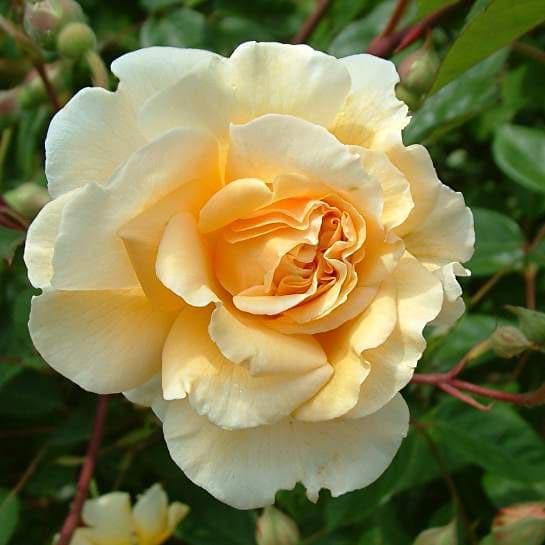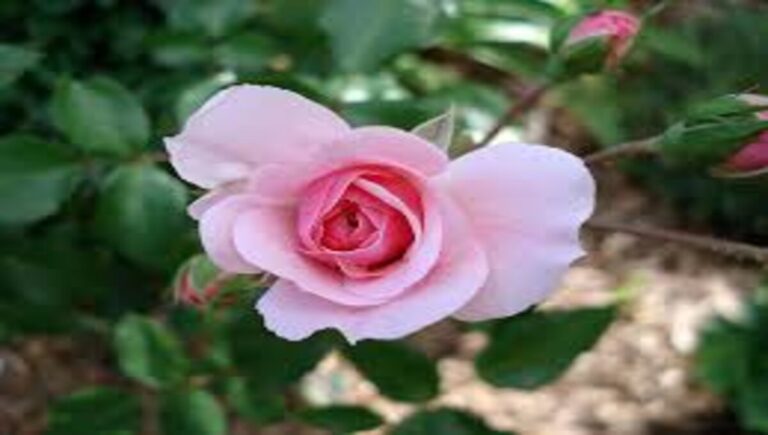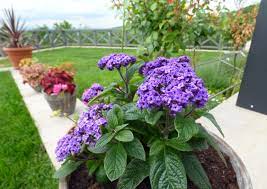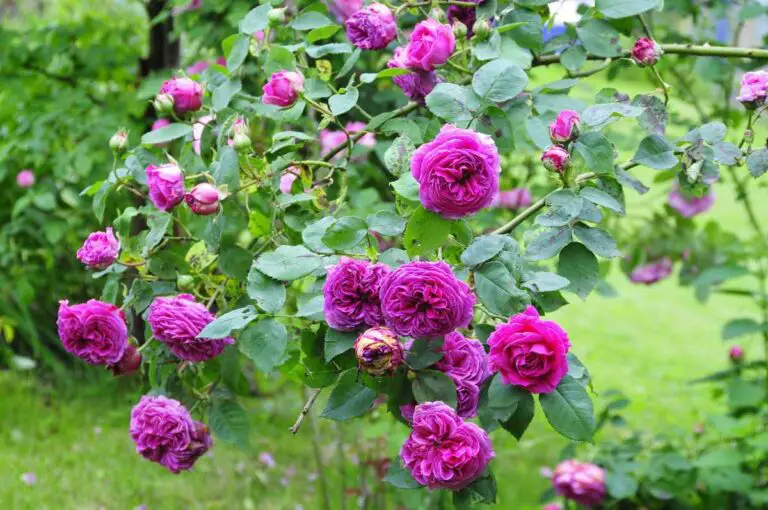I. Introduction to Wax Jasmine Plant
Wax Jasmine Plant, scientifically known as Hoya Carnosa, is a delightful evergreen vine that belongs to the Asclepiadaceae family. It is native to Eastern Asia, particularly China and India. This charming plant is renowned for its waxy, star-shaped flowers and enchanting fragrance, making it a favorite among gardeners and landscaping enthusiasts alike.
A. Definition of Wax Jasmine Plant
The Wax Jasmine Plant, also commonly referred to as the Porcelain Flower or Hindu Rope Plant, is an ornamental vine famous for its distinctive waxy flowers and glossy green leaves. The blooms come in various colors, ranging from white to pink, and emit a sweet, alluring scent.
B. Description of Its Characteristics
The Wax Jasmine Plant exhibits thick, waxy, and succulent leaves that store water, allowing it to withstand periods of drought. The vine has a climbing growth habit and can twine itself around trellises or support structures, adding a touch of elegance to any garden or indoor space.
C. Importance in Gardening and Landscaping
Due to its appealing appearance and delightful fragrance, the Wax Jasmine Plant is highly valued in both gardening and landscaping. Its ability to thrive in different conditions and its low maintenance requirements make it a popular choice for green spaces and indoor plant enthusiasts.
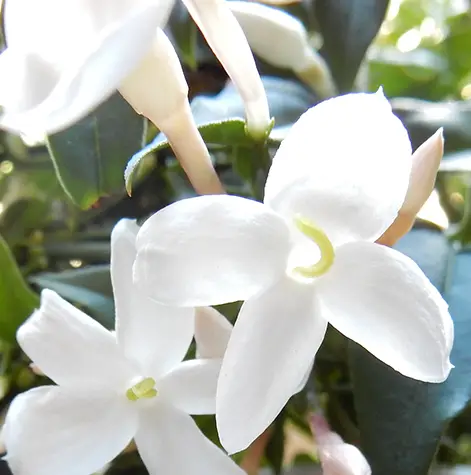
II. Botanical Details of Wax Jasmine Plant
Understanding the botanical aspects of the Wax Jasmine Plant provides valuable insights into its growth and care requirements.
A. Scientific Name and Classification
The Wax Jasmine Plant is scientifically known as Hoya Carnosa. It is part of the Asclepiadaceae family, which comprises numerous species of succulent plants.
B. Origin and Natural Habitat
Native to Eastern Asia, the Wax Jasmine Plant thrives in warm and tropical climates. In its natural habitat, it can be found climbing on trees or rocky surfaces, showcasing its adaptability.
C. Physical Appearance
- Leaves: The leaves of the Wax Jasmine Plant are fleshy, dark green, and glossy, with a waxy texture. They are usually oval-shaped and arranged opposite each other along the vine’s stems.
- Flowers: The highlight of the Wax Jasmine Plant is its unique flowers. They are star-shaped, five-petaled, and have a waxy texture. The blooms grow in clusters and produce a mesmerizing fragrance that attracts pollinators.
- Growth Habit: The Wax Jasmine Plant is a climbing vine that can reach impressive lengths. It produces aerial roots, allowing it to cling to surfaces and climb upwards.
III. Cultivation and Care
To ensure the optimal growth and health of your Wax Jasmine Plant, follow these essential care guidelines:
A. Suitable Climate and Growing Zones
The Wax Jasmine Plant thrives in warm, subtropical climates. It prefers temperatures between 60°F to 80°F (15°C to 27°C) and is best suited for USDA hardiness zones 9 to 11.
B. Soil Requirements
Plant the Wax Jasmine in well-draining, fertile soil that is rich in organic matter. A mix of peat moss, perlite, and regular potting soil is ideal for container-grown plants.
C. Sunlight and Light Conditions
The Wax Jasmine Plant enjoys bright, indirect sunlight. Avoid placing it in direct sunlight for extended periods, as this can cause leaf burn.
D. Watering Needs
Allow the soil to dry slightly between waterings, as overwatering can lead to root rot. During the growing season, water the plant regularly, but reduce watering in winter when its growth slows down.
E. Pruning and Shaping Techniques
Pruning is essential to maintain the Wax Jasmine Plant’s desired shape and size. Trim back excessive growth and pinch off dead flowers to encourage new blooms.
F. Fertilization and Nutrient Requirements
Feed the Wax Jasmine Plant with a balanced, water-soluble fertilizer every two to three weeks during the growing season. This will promote healthy growth and vibrant blooms.
IV. Propagation Methods
To propagate the Wax Jasmine Plant, you can choose from several methods:
A. Seed Propagation
While it is possible to grow the Wax Jasmine from seeds, it can be a slow and challenging process. It requires patience and specific conditions for successful germination.
B. Stem Cutting Propagation
This is the most common and reliable method of propagation. Take stem cuttings from the mother plant and root them in a well-draining medium until they develop roots.
C. Air Layering
Air layering involves creating a small incision on a healthy branch, which is then covered with moist moss and plastic. Roots will form at the incision point, and the new plant can be separated from the mother plant.
V. Common Varieties of Wax Jasmine Plant
Several varieties and hybrids of the Wax Jasmine Plant are available, each with its unique characteristics and attributes.
A. Different Species and Hybrids
- Hoya Carnosa ‘Tricolor’: This variety features variegated leaves with splashes of pink, white, and green, adding a beautiful contrast to its appearance.
- Hoya Carnosa ‘Krinkle Kurl’: Known for its curly leaves, this cultivar adds an intriguing texture to the overall look of the plant.
B. Unique Characteristics of Each Variety
The different varieties of Wax Jasmine offer varying leaf patterns, flower colors, and growth habits, allowing gardeners to choose the one that best complements their space and aesthetic preferences.
VI. Common Pests and Diseases
While the Wax Jasmine Plant is generally hardy, it can encounter certain pests and diseases.
A. Identification of Potential Pests
Common pests include aphids, mealybugs, and spider mites. Regularly inspect the plant for signs of infestations, such as sticky residue or webbing.
B. Preventive Measures
To prevent pest infestations, ensure good airflow around the plant, and maintain a clean growing environment. Remove any affected leaves or stems promptly.
C. Natural and Chemical Control Methods
For minor infestations, manually removing the pests can be effective. For more severe cases, consider using horticultural oils or insecticidal soaps.
D. Common Diseases and How to Manage Them
The Wax Jasmine Plant can suffer from fungal diseases like powdery mildew or root rot. Ensure proper air circulation and avoid overwatering to prevent these issues.
More Indoor plants
VII. Uses of Wax Jasmine Plant
The Wax Jasmine Plant has a range of applications that make it highly valuable in various contexts.
A. Ornamental Purposes
Due to its attractive foliage and enchanting flowers, the Wax Jasmine Plant serves as a striking ornamental addition to gardens, balconies, and indoor spaces.
B. Fragrance and Aromatherapy
The alluring fragrance emitted by the Wax Jasmine flowers makes it a popular choice for aromatherapy, creating a calming and pleasant ambiance.
C. Traditional and Medicinal Uses (if applicable)
In some traditional practices, certain parts of the Wax Jasmine Plant may be used for medicinal purposes, although it is crucial to consult a qualified herbalist or healthcare professional before using it medicinally.
VIII. Frequently Asked Questions (FAQs)
A. How fast does a wax jasmine plant grow?
The growth rate of the Wax Jasmine Plant can vary, but under optimal conditions, it can grow several feet per year.
B. What are the ideal growing conditions for wax jasmine?
The ideal conditions include bright, indirect sunlight, well-draining soil, and moderate watering.
C. How often should it be pruned?
Regular pruning, especially after flowering, helps maintain the plant’s shape and stimulates new growth. Prune as needed throughout the growing season.
D. Can wax jasmine be grown indoors?
Yes, the Wax Jasmine Plant can be grown indoors, provided it receives adequate light and proper care.
E. What are the best companions for planting with wax jasmine?
The Wax Jasmine Plant pairs well with other tropical and subtropical plants, such as philodendrons, pothos, and ferns.
IX. Conclusion
The Wax Jasmine Plant, with its captivating appearance and delightful fragrance, is undoubtedly a charming addition to any garden or indoor space. With its ability to thrive in diverse conditions and low maintenance requirements, it appeals to both novice and experienced gardeners. Embrace the joy of cultivating and appreciating the beauty of the Wax Jasmine Plant, and let its enchanting presence grace your life.
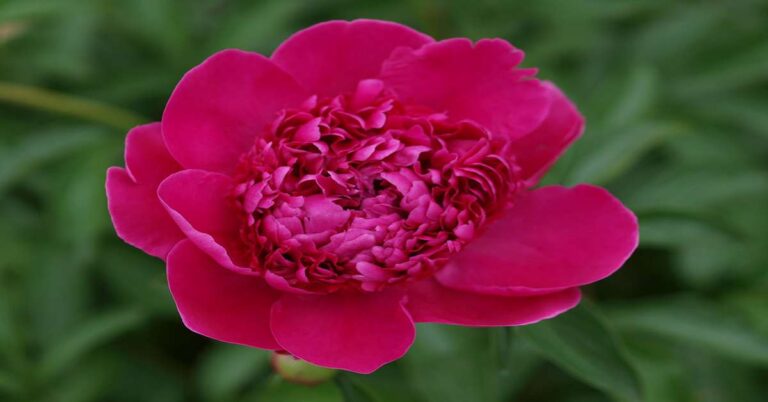
Felix Crousse Peony Care: Beautiful Blooms and Safe Gardening
Introduction Peonies are the stars of many gardens, and among them, the Felix Crousse Peony stands out for its beauty and charm. Imagine stepping into your garden and being greeted by large, vibrant blooms with a delightful fragrance. That’s the magic of the Felix Crousse Peony. This stunning flower isn’t just pretty to look at;…
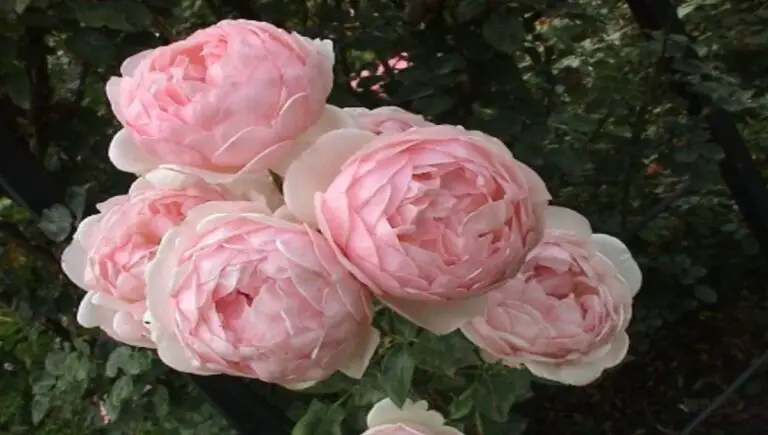
5 Essential Steps for Successful Evelyn Rose Plant Care
Introduction: Evelyn rose plants are prized for their beauty and fragrance. Follow these five steps for healthy and flourishing roses: understand their unique characteristics, master pruning, manage pests, and provide proper care. Let’s dive into the world of Evelyn rose plant care and unlock the secrets to nurturing thriving blooms. Overview Evelyn Rose Feature Description…
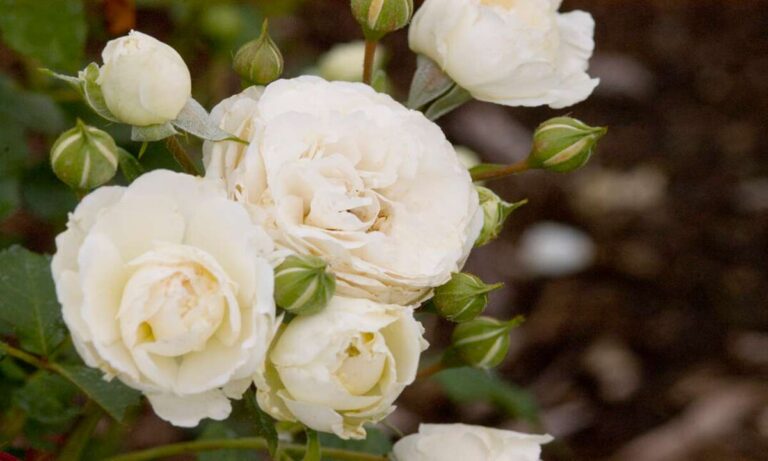
Snowdrift Rose: Cultivating Elegance in Your Garden
Unveiling the Snowdrift Rose: A Garden Jewel with Easy Elegance Ever dream of a rose bush overflowing with cascading white blooms, but worried about high-maintenance care? Well, fret no more! The Snowdrift Rose is here to rewrite the rose rulebook. This beauty bursts with creamy white flowers that drape down its branches, resembling a gentle…
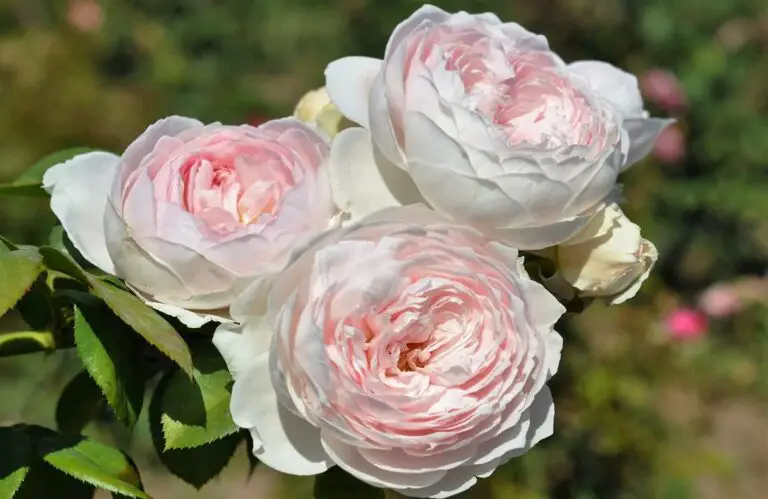
Earth Angel Rose Care Guide: Planting Tips and Heavenly Blooms
Introduction Imagine a garden filled with ethereal blooms, the Earth Angel Rose at the heart of it all. In this guide, we’ll delve into the secrets of nurturing these celestial flowers, exploring topics like when and where to plant Earth Angel Rose and essential care tips to ensure they flourish. Unveiling Earth Angel Rose Let’s…
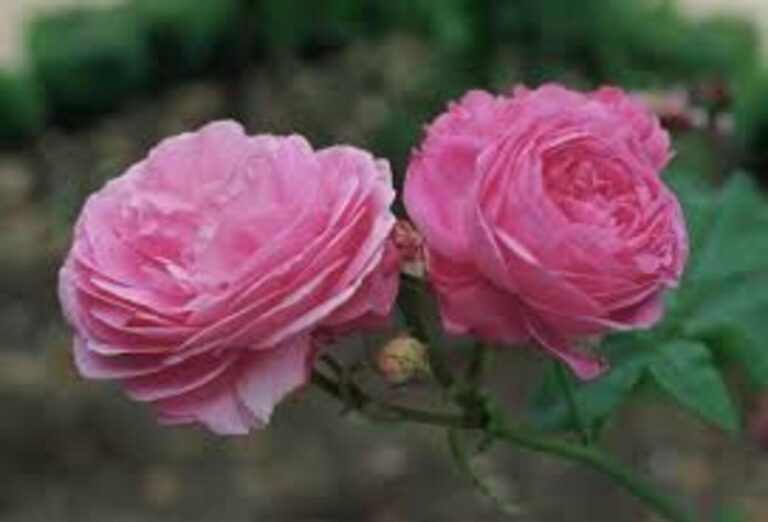
Louise Odier Rose: A Comprehensive Guide to Care and Growing
A short Overview of Louise Odier Rose Common Name: Louise Odier Rose Botanical Name: Rosa ‘Louise Odier’ Family: Rosaceae Plant Type: Shrub rose Mature Size: Up to 6 feet tall and 4 feet wide Sun Exposure: Full sun to partial shade Soil Type: Well-draining, loamy soil Bloom Time: Repeat bloomer, blooming throughout the summer and fall…
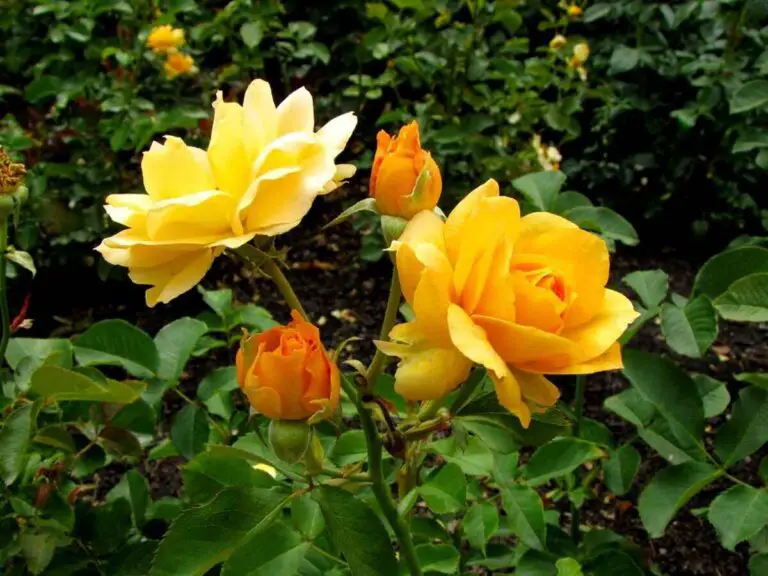
Honey Perfume Rose Care and Growing Tips
Introduction The enchanting world of home gardening becomes all the more captivating with the presence of ‘Honey Perfume’ roses. Renowned for their intoxicating fragrance and stunning aesthetics, these roses are a cherished addition to any garden. In this comprehensive guide, we will explore the art of cultivating and caring for ‘Honey Perfume’ roses, offering insights…

